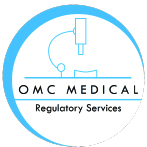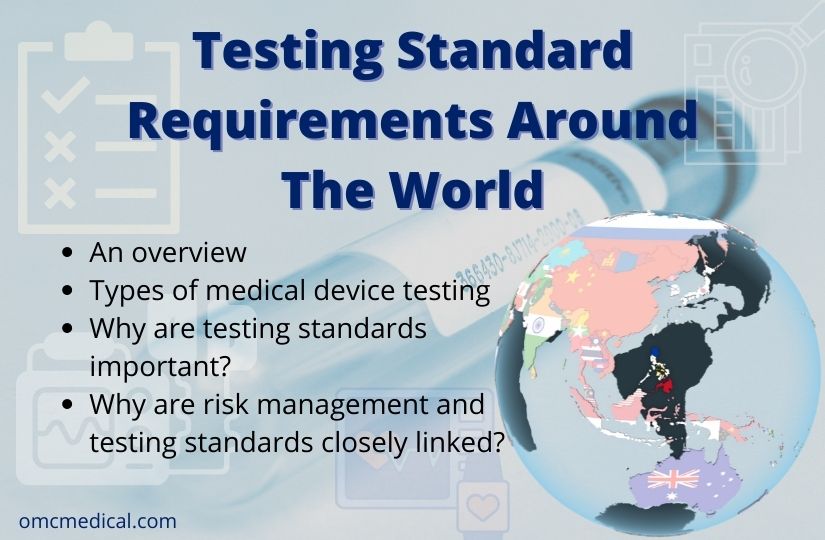India
Medical device testing standard- an overview Medical device testing is a crucial step in manufacturing a product. This mandatory process ensures that the medical device is safe and effective. Testing of medical devices proves that the product complies with the standards and regulations of a country. Moreover, it also sheds light on any product defects. This article discusses the testing requirements and the applicable standards. Medical device testing applies to all medical devices, in-vitro dia...
CDSCO Registration Process
This guidance is applicable to manufacturers placed within India. Get detailed information about CDSCO registration process. Regulation Medical Devices Rules, 2017 Important Forms License to manufacturer Notified Medical Devices License in Form MD-5 or 6 for Class A or Class B Application formForm MD-3 or 4 for Class A or Class BRule 20 Rule 20(4) and 20(6) for Class A or Class B State Drug Licensing Authority License to manufacturer Notified Medical Devices License in Form MD-9...
Search
Recent Posts
Oct 9, 2024
KIMES Busan Medical & Hospital Equipment Show
Oct 8, 2024
September Newsletter 2024 – Simplified Chinese
Tags
510(K) submissionAbbreviated 510(K)Annex XIVCanadaCFRClinical DataClinical evaluationClinical InvestigationCosmetic RegulationcybersecurityEUEUDAMEDEU IVDREU MDREUMDRFDAFSCAGMPHealth CanadaISOIVDRLabellinglow-risk devicesManufacturerMarket surveillanceMDCGMDDMDRMedical deviceMedical Device RegistrationMedical devicesMedical Devices Regulatory ConsultancyNotified bodiesPost-market surveillancePost Market Surveillance (PMS)QMSRegulationRegulationsrisk assessmentrisk planningSaMDTechnical DocumentationUKUKRPUMDNS
Quick Contact
If you have any questions or need help, feel free to contact with our team.
©2024 OMC Medical, All Rights Reserved. With Love by 7oroof.com

Our team will be happy to respond your queries. Contact us directly with your questions or for scheduling FREE consultation and we’ll be in touch as soon as possible.
Quick Contact
If you have any questions or need help, feel free to contact with our team.

Our team will be happy to respond your queries. Contact us directly with your questions or for scheduling FREE consultation and we’ll be in touch as soon as possible.
Quick contact
- info@omcmedical.co.uk
-
0044 7719761764
0044 2080667260 - Planet House, North Heath Lane, Horsham, West Sussex RH12 5QE

Our team will be happy to respond your queries. Contact us directly with your questions or for scheduling FREE consultation and we’ll be in touch as soon as possible.
Our Branches
- Switzerland
- Europe (Northern Ireland)
- Asia
- Canada
- Brazil
- Middle East
- China
- Turkey (Partner Office)

To launch a medical device in a country, medical devices must comply with the local country’s regulatory requirements. Let us be your trusted partner in bringing your medical devices to the Global market. Contact us today to learn more about how we can assist you in every step of the way.
Our Branches
- Europe
- Asia
- Africa
- Oceania
- South America
- North America
- Planet House, North Heath Lane, Horsham, West Sussex RH12 5QE
- Planet House, North Heath Lane, Horsham, West Sussex RH12 5QE







